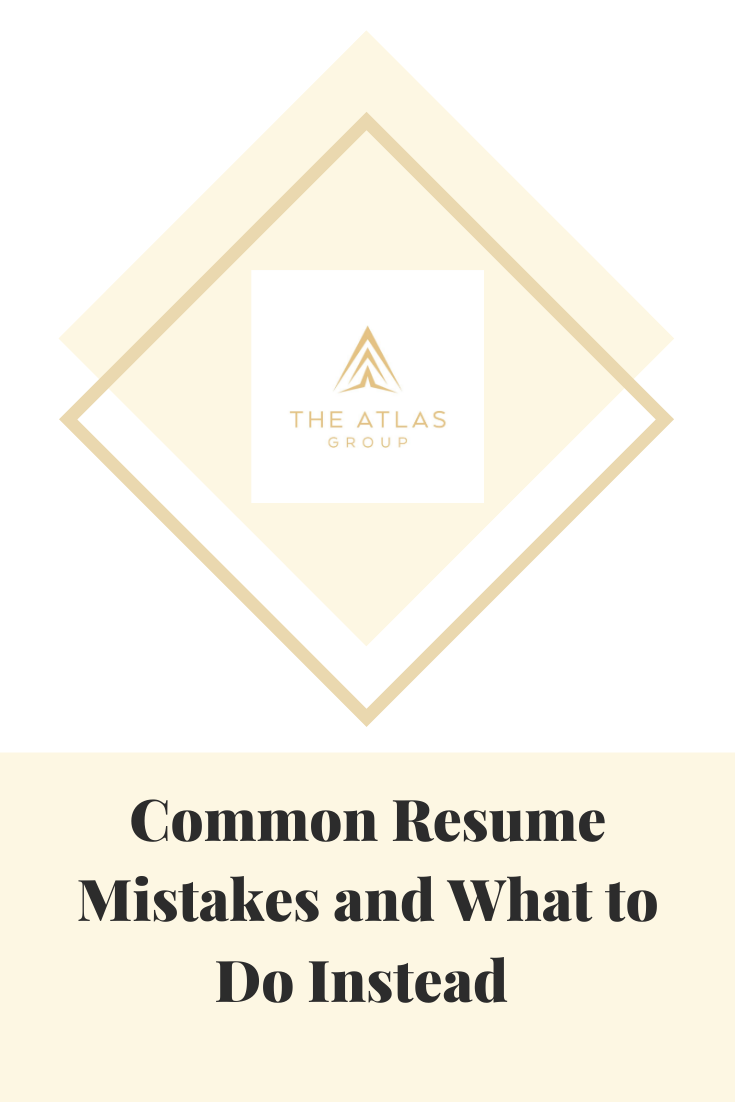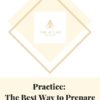Resume writing isn’t easy, and there is a lot of bad information out there. After viewing thousands of resumes, I put together six common themes and give explanations that will help guide you.
- Your resume needs to be one page Your resume can be longer than one page. Hiring managers and recruiters won’t overlook your resume because it isn’t one page. You probably don’t want to make your resume longer than 3 pages if you can help it. It is important to remember that the point of your resume is to get an interview- so targeted, clean points and efficiency in your writing is important.
- Listing languages that you’re not fluent in on your resume. If you’re fluent in a language, 100% list it on your resume. However, listing a language or two that you learned in high school or college that you actually aren’t fluent in is a waste of space on your resume. If the point of your resume is to get an interview, think about the information you’re putting on it. Will listing languages that you aren’t fluent in help you get an interview? No. The recruiter will definitely question your self-awareness, or pick up that you’re just trying to fill up space on your resume which may make them question what else is on your resume that’s just there fill up space; neither of which will help you get an interview.
- Listing every single job you’ve had. You don’t need to include your job at McDonald’s that you had ten years ago. Again, the point of your resume is to get an interview. If you’re submitting your resume for a Software Developer, your experience as a cashier ten years ago won’t help you. Think about which types of positions you’re going for and include only those that are most relevant.
- Including hobbies. Don’t make this section too long, but including a hobby or two can add some personality to your resume that reminds the hiring manager or recruiter that there’s a person behind the Word Doc. However, if you don’t have this on your resume, the hiring manager or recruiter won’t miss it; it won’t hurt your chances of getting an interview.
- Using different fonts and colors to stand out. Unless you’re a designer, stay away from the fancy fonts, colors and designs. Keep your resume consistent in both font type and use black font color. If you’re a designer, go for it; having a resume that reflects your design skills will be important.
- Adding a photo of yourself. If you’re in the United States, having a picture of yourself on your resume is usually unnecessary and can be confusing. However, in other parts of the world, like some countries in Europe, it’s common. Unless a company requests you include a photo of yourself, don’t include one.





